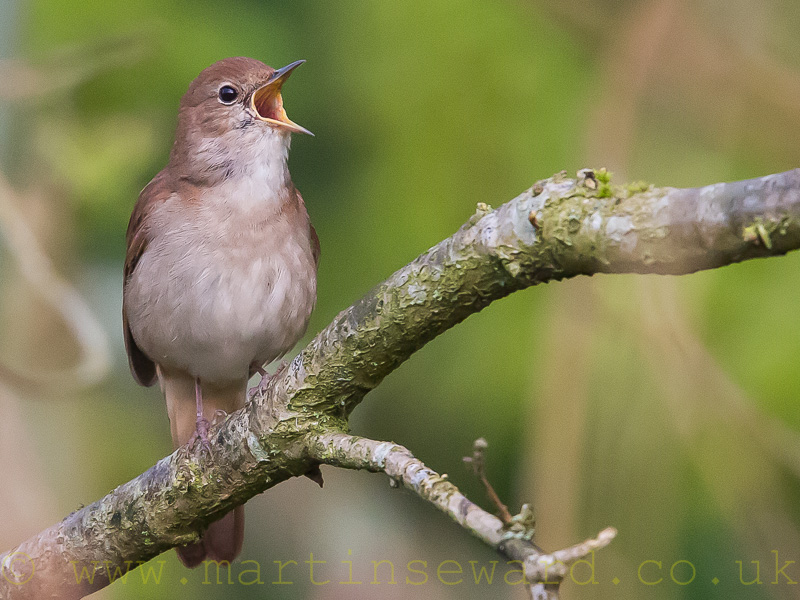In August 2024 we will commence building our fourth subscription viewing facility – Another new substantial hide on stilt legs. It will be positioned on the North Spit overlooking the NE bay reed bed and East shore marshes and significantly closer to our Eastern boundary.
TOE – whom awarded us the grant to carry out all the significant work on Lea Farm Lake, has now offered LWT further money. A proposal was accepted to;
- Develop the South spit area creating two new islands
- On the tip for nesting Little-ringed Plover, Lapwing, Oystercatcher and add artificial burrow nest boxes for Shelduck
- Around the big Oak
- Repair and improve Sand Martin wall
- Offer safe nesting for more wildfowl – hopefully Gadwall & Mandarin
- Upgrade the old shingle island, raising it 12″ with gabion cages filled with gravel to protect the highly vulnerable Common Terns that nest, but are washed out in wet summers
- Further create shallow edges and offer a view into the SE bay
- Transport the spoil to the NE shore to expand the marsh adding another 130m by 35m of shallows, gravel and muddy islets
Summer 2024 we will continue to grow the reeds either side of Renton’s Screen, in 3-5 years as the reeds establish, species that breed in Phragmites reed will increase greatly, 10-15 pairs of Reed Warbler, 5+ pairs of Reed Bunting, 2-5 pairs of Sedge Warblers, hopefully 2-3 pairs of Cetti’s and if we are really lucky Grasshopper Warbler and Water Rail.
In the winter we could see double figures of Water Rail and where we plan to cut extensive areas of reed to create muddy stubble, Snipe numbers could rocket to 300+, no doubt bringing Jack Snipe every winter. The area has always been good for Bittern, so we hope to see 2-3 birds from 2023 onwards.
The expanded NE shore marsh will attract passage birds from the moment it is completed, but it will take 2-3 years for the exposed clay to break down and the leaf litter to make mud, after which time the shingle islands will be used as breeding sites for more Common Tern, but we are really hopeful that waders like Redshank, Lapwing, Little-ringed Plover and Oystercatcher could be tempted to breed.
By late autumn 2024 subject to logistics our Barn Owl box should go in, ideally the solar powered web cam, but this may have to wait until the new hide is built. If webcams are as popular as we hope, others will follow for the Common Tern and Sand Martin colonies.
Having invested so much into Lea Farm, the hedgerow along the Loddon is gradually being laid and managed to maintain a thick, nest friendly and fruit bearing haven. During the hedge laying interim period, we will complete installing stock fencing to eradicate dog intrusions into the nature reserve.
Sandford Lake desperately needs a new sluice and there are parts of the path that have been eroded over 35 years of winter flooding that are now easily breached in the summer too, so a key project perhaps in 2025 would be to put the path back as it was in 1981 and get an EA approved sluice to prevent summer flooding. Any work will be dependent on consent from Dinton Pastures Countryside Services and the Environment Agency, not to mention the potentially high costs, but if achieved it could turn Sandford into an exceptional nature reserve.
White Swan Lake (WSL) attracts more Bitterns than Lavell’s and for this reason we hope to move ahead in 2026/27 with a formal a Bittern viewing point there.
The hedgerows of Middle Marsh and running up between BSL and WSL have been a little neglected, new fencing went in during 2020, but much more needs to be done to manage the hedgerows effectively. The same can be said for much of the treeline on the South side of Lavell’s where due to lack of management and deer, there is very little under storey and therefore near to ground nesting birds cannot thrive. The spread of Ash and Oaks in the wrong place also undermines the mission to manage a wetland site with thick low vegetation.
If by 2025/26, we can grow the membership to 1,000 additional families and each subscribing at an average of £20.00 per household, we will be in a much better position to fund the management of Lea Farm Lake and maintain all the habitats and hides.
If you would like to assist LWT financially to achieve our long term aims to secure the whole area from development, please do contact us, the landfill will not remain so forever and we need to be sure all our efforts are not dashed by a heartless developer in 20-30 years.


